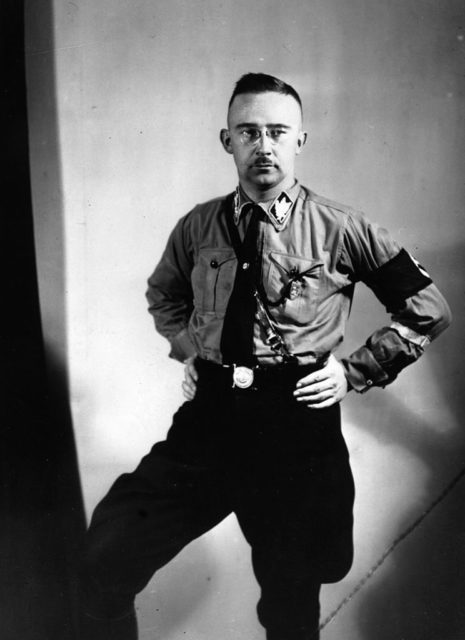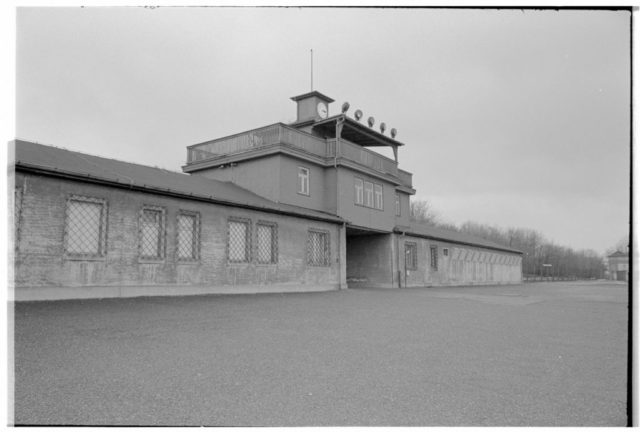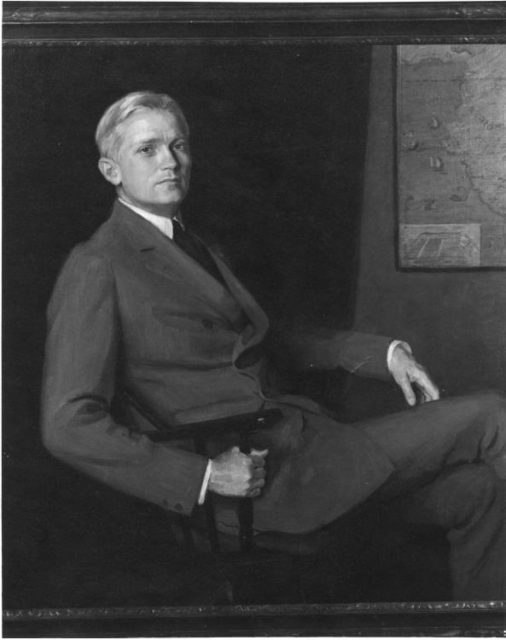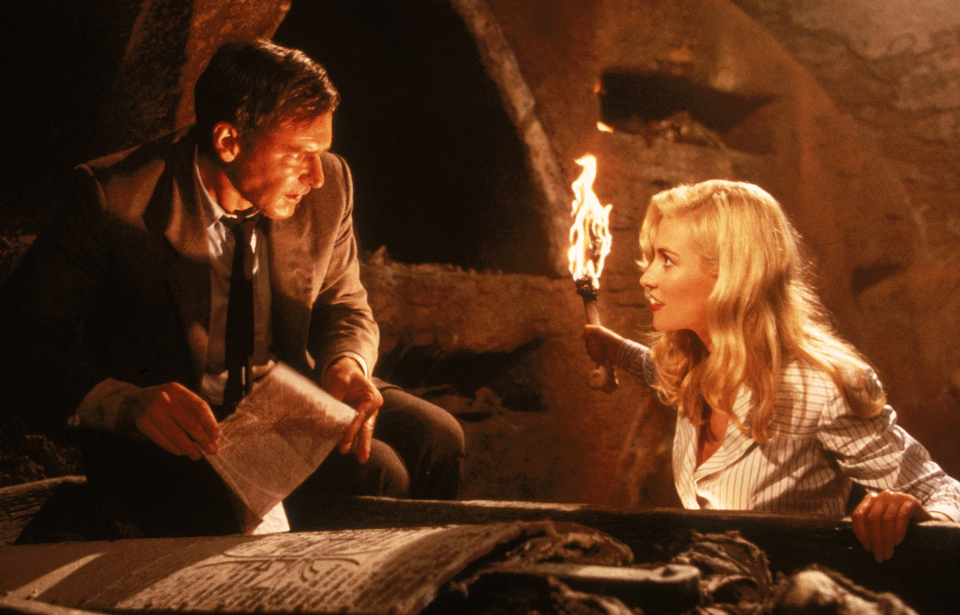We may think of Indiana Jones as an all-American hero raking over ancient cultures. However, one real-life figure who reportedly inspired him came from Germany. And the big difference is, he was a Nazi!
Otto Rahn combined archaeology and adventure, just like Indy. Could he have been a movie villain battling Dr. Jones? It doesn’t sound that way. Read on to find out about his own last crusade and how Hitler’s shadow hung over his exploits…
Otto Rahn and the search for the Holy Grail
Born in 1904 in the town of Michelstadt (west-central Germany), Rahn took to history and legend during his younger years. It was a passion he pursued into adulthood.
He was still relatively young when 1933’s Crusade Against the Grail, or Kreuzzug gegen den Gral, was released. The book, written by Rahn, explored a theory that the Holy Grail was in possession of the Christian Cathars. This sect, who disapproved of what we’d now call institutional corruption, was wiped out by Catholics wanting custody of the Grail.
1244 witnessed the Field of the Burned, when Cathars perished violently in their hundreds at a location in the Pyrenees. It was Rahn’s belief that those who escaped took the Grail with them. The intrepid explorer visited the location, Montsegur Castle in Languedoc, as part of his research.

If he hoped the book would make him a household name, then he wound up disappointed. Military History Now described him as “an obscure German Medievalist.” Yet, unbeknownst to the author, his work had grabbed the attention of one high-profile history nut.
Otto Rahn and the blood-soaked benefactor
Rahn was contacted by an anonymous enthusiast, offering him money and support for his projects. Who was this mysterious figure? Nazi commander and, it seems, superfan Heinrich Himmler! History Collection mentions Rahn hearing his own work quoted back at him by one of the Holocaust’s main architects.
Like Rahn, Himmler had a keen interest in the Parzival, a medieval German text concerning a quest for the Holy Grail. Himmler loved the opera written by Hitler’s favorite composer Wagner several hundred years later. The Nazis were famously interested in their ancient German heritage, though the approach wasn’t exactly grounded in reality. They also dabbled in the supernatural and occult areas of history. Himmler reckoned he could acquire the Grail and even had a room built to keep it in.
It’s easy to imagine Rahn being shocked at the identity of his new benefactor. Shocked and more than a little worried. You see, Otto Rahn wasn’t the sort of person Himmler typically did business with. For starters, he was a liberal. He was also a homosexual.
Nevertheless, Himmler saw him as an ally, engaging him in personal assignments exploring his family’s bloodline and recruiting him for the SS. He tolerated Rahn’s lifestyle, though certainly didn’t approve.

When Rahn wrote the follow-up book Lucifer’s Court (painting the Devil as a misunderstood character!), Himmler “presented a copy bound in finest pigskin to Hitler for his birthday,” according to Military History Now. The dictator probably enjoyed his gift, though felt Himmler went overboard in his attempts to prove the superiority of German culture, writes History Collection.
The horror of the Nazis overwhelmed him
What was going on in Rahn’s mind this whole time? Nigel Graddon’s 2008 book Otto Rahn and the Quest for the Grail throws some much-needed light on the subject. And cult filmmaker Richard Stanley (Dust Devil) made a documentary titled The Secret Glory in 2001. Rahn explained to people how he had no choice but be involved with the Nazis. The fear of what would happen if he didn’t outweighed his concerns. He felt he was doing important work also.
The experience damaged him. Quoted by All That’s Interesting, Rahn said it was “impossible for a tolerant, liberal man like me to live in a nation that my native country has become.”And when Himmler realized his dream of finding the Grail was slipping away, he became tired of his pet archaeologist.
Rahn was given a guard’s job at Buchenwald concentration camp as punishment. He couldn’t handle what he witnessed there and by 1939 he’d left the SS. That same year he died. The two facts aren’t unrelated.

Otto Rahn’s frozen body was discovered in the Austrian Alps. Himmler was after him following his departure from the SS, an act viewed as a crime. Rahn’s sexuality – and the fact he couldn’t demonstrate that all-important Aryan background – meant the writing was on the wall.
History Collection writes that Rahn escaped a no doubt terrible fate, going to the mountains because he “wanted to die in his favorite place in the world.”
Comparison to Indiana Jones
National Geographic notes that other inspirations for Dr. Jones included Hiram Bingham III, who announced the finding of Machu Picchu. Another candidate, Sir Leonard Woolley, famously explored Mesopotamia. Otto Rahn himself was captivated by the activities of the archaeological trailblazer Heinrich Schliemann. He excavated what’s believed to be the location of Troy.

More from us: UK ‘Indiana Jones Claims Holy Grail in a ‘secret crypt’ Under a River in West London
Rahn has been linked to Indy, though how close the men were in terms of character is a question for the ages. They both appear to have had a steely determination to succeed and braved their share of dangers along the way. Ultimately it’s trivial to try and compare, as Rahn was a real person stuck in a truly grim situation.
